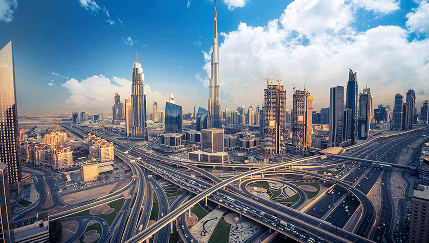Building Resilient Cities: The Role of Infrastructure in Modern Urban Development

Infrastructure is the foundation of urban life. It is the invisible framework that powers daily living, fuels economies, and creates environments where societies can thrive. Roads, water systems, utilities, and community projects are not simply engineering achievements—they are enablers of growth and progress. In today’s rapidly changing world, resilient infrastructure is essential for cities to remain sustainable, competitive, and future-ready.
Roads and Mobility: The Lifelines of Economies
Transportation is at the heart of every thriving economy. Roads are more than passageways; they are lifelines of commerce, communication, and connectivity.
- Efficient road networks reduce congestion and save travel time.
- Durable asphalt works ensure longevity and lower maintenance costs.
- Smart traffic management systems improve flow and reduce accidents.
- Street lighting enhances safety while adopting energy-efficient technologies.
Modern mobility solutions also integrate hard landscaping and pedestrian-friendly features, creating urban spaces that are functional, safe, and visually appealing.
Power, Connectivity, and Digital Transformation
Modern infrastructure extends beyond roads and water. Power distribution and telecommunications are the backbone of the digital economy.
- Electrical networks energize industries, businesses, and homes.
- Telecommunication grids provide seamless digital connectivity.
- IT infrastructure integration (ITI) ensures cities remain competitive in a technology-driven world.
The adoption of smart infrastructure adds further value:
- IoT-enabled sensors for real-time monitoring.
- Automated systems for predictive maintenance.
- Energy-efficient lighting to reduce carbon footprints.
- Integrated communication systems that enable smart city ecosystems.
Sustainability: The Core of Modern Infrastructure
Today, infrastructure cannot be separated from sustainability. Global goals such as Net Zero 2050 demand that cities adopt eco-conscious practices.
Sustainable infrastructure includes:
- Eco-friendly construction materials with reduced carbon impact.
- Smart irrigation systems that minimize water wastage.
- Renewable energy integration into communities.
- Green corridors and landscaping that balance urbanization with nature.
- Low-emission logistics planning to reduce construction footprints.
By embedding sustainability, cities ensure that growth today does not compromise the needs of tomorrow.
Conclusion
Infrastructure is more than physical structures—it is the backbone of mobility, connectivity, and sustainable progress. Roads and mobility systems keep economies moving, while power and digital networks drive industries and communities forward. Embedding sustainability ensures that development today creates resilient cities that can thrive for generations to come. By investing in smart, inclusive, and eco-conscious infrastructure, urban centers can achieve long-term growth, stronger communities, and a better quality of life for all.
